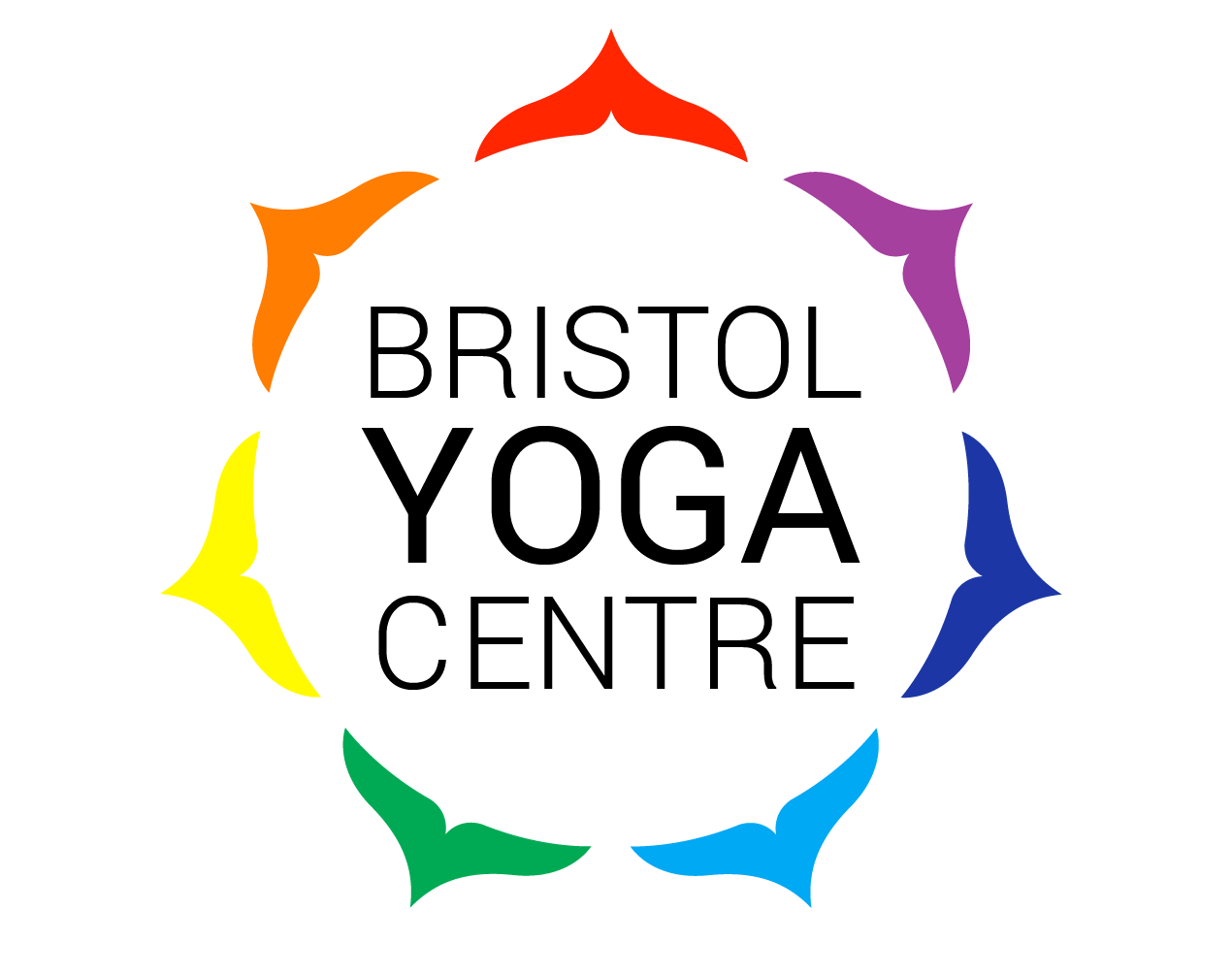I’ve been teaching Lion’s pose recently and noticed that people were more chatty and energetic after class. This is a seated posture incorporating a powerful breathing technique.
When you look up the benefits of this pose, it says that it helps to improve your communication and bring shy people out of their shell. It certainly gives people more to talk about afterwards, as you make a very expressive face (sticking your tongue out and rolling your eyes back) and make a loud sound!
Other benefits include strengthening the throat, preventing ear problems and even warding off colds! It’s also one of the common exercises used in face yoga as it strengthens the facial muscles and throat. It’s said to maintain your jaw line and prevent sagginess.
Personally, I’ve found that it’s a great for eradicating feeling of lethargy and sluggishness as it’s very stimulating. Due to the use of a strong outbreath with a roaring sound, it’s a great way to release pent up emotion and tension too!
In the Hatha Yoga Pradipika, a classic fifteenth century Sanskrit manual on yoga, says that Simhasana ‘is held in great esteem by the highest yogis. This most excellent asana facilitates the three bandhas’.
The traditional seated position used in Simhasana induces the three major Bandhas or locks. Bandhas are used to control the flow of energy and prevent prana from dissipating. They are therefore sometimes translated as 'seals'. When all three locks are engaged, it’s called ‘Maha Bandha’ or the great lock. In yoga Maha Bandha is highly regarded and recommended.
In a culture where it’s deemed important to look cool and beautiful, this technique might put some people off. It usually sets off some giggling in the class! With this impressive list of the positive benefits of Simhasana, I think it’s worth risking looking a bit strange or foolish.
So next time you’re in need of a little pick me up or feeling a bit stressed, try using your lion/lioness power! I recommend doing this in a private place, not because you might look weird but it might scare people!!


